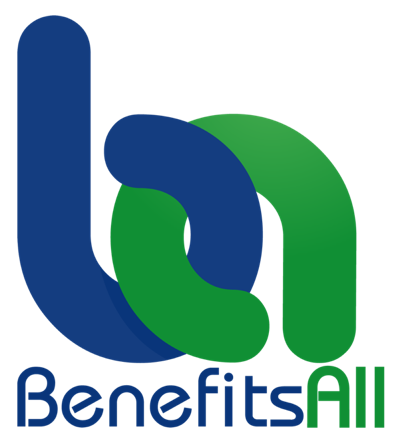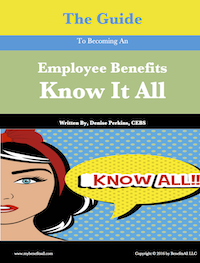Employees and Employers Must Make Tough Benefit Decisions Together
November 05, 2014
Employers refer to it as the employee benefits package, but most benefit designs address each type of benefit separately. In fact, most benefit programs divide benefits information into three or four categories. You have your health insurance benefits that include medical, dental, and vision and insurance and health accounts. You also have your welfare benefits such as life and disability insurance and other ancillary benefits. Additionally, you may have a separate wellness program. And finally, you have your retirement savings benefits.
Management expects employees to choose benefits from each section of the benefits package. No thought is given to the fact employees cannot afford to pay for a comprehensive benefits package. But in reality, many employees find it difficult to pay health insurance premiums and out of pocket medical costs and contribute to a retirement plan. For some, it is one or the other.
Benefit pros need to design their benefit programs as an entire package. They also need to acknowledge the economic challenges some employees face when making benefit plan elections. They should then develop an approach to address these challenges.
Designing A Benefits Program With Employee Finances in Mind
Have a philosophy about your benefits program. Is your goal to offer just some of everything or are some benefits more important than others? Do you view your benefits program as just away to attract or retain employees or are you interested in their financial wellbeing? Think about what kind of benefits program you want to offer and make sure all of your decisions about which plans to offer and their cost support your philosophy.
Let employees know that there are trade offs and help them prioritize their benefit selections. It is hard for some employees to understand the importance of putting money towards future benefits like retirement when they also have to pay for health insurance today. They may feel that it is one or the other instead of both. Help them make better decisions by proving support tools that can estimate the costs of various benefit combinations.
Work with management to ensure that there is an equitable distribution of resources to each section of the benefits program. This balance may need constant adjustment as the workplace and larger economy changes. Stress that the benefits program is one large pot of money not two separate pots for retirement and everything else.
Provide extra help to those who need it. Some employers charge low-wage workers less for health insurance coverage. They recognize that a person making $28,000 a year cannot afford to pay the same health insurance premiums and out of pocket costs as someone who makes ten times that. Not everyone agrees with these types of programs because an individual's income may not be the same as their household income. But at least these programs recognize that even a subsidized workplace benefits package may not be affordable for all workers.
Conclusion
As more and more employers pass on health insurance cost increases to employees, not every employee will choose to pay for health insurance and contribute to a retirement plan. Many simply will not be able to afford to do both. Employers must find the right mix of benefit plan funding that allows all employees the protection of health coverage and retirement savings.
blog comments powered by Disqus


 Denise Perkins
Denise Perkins




